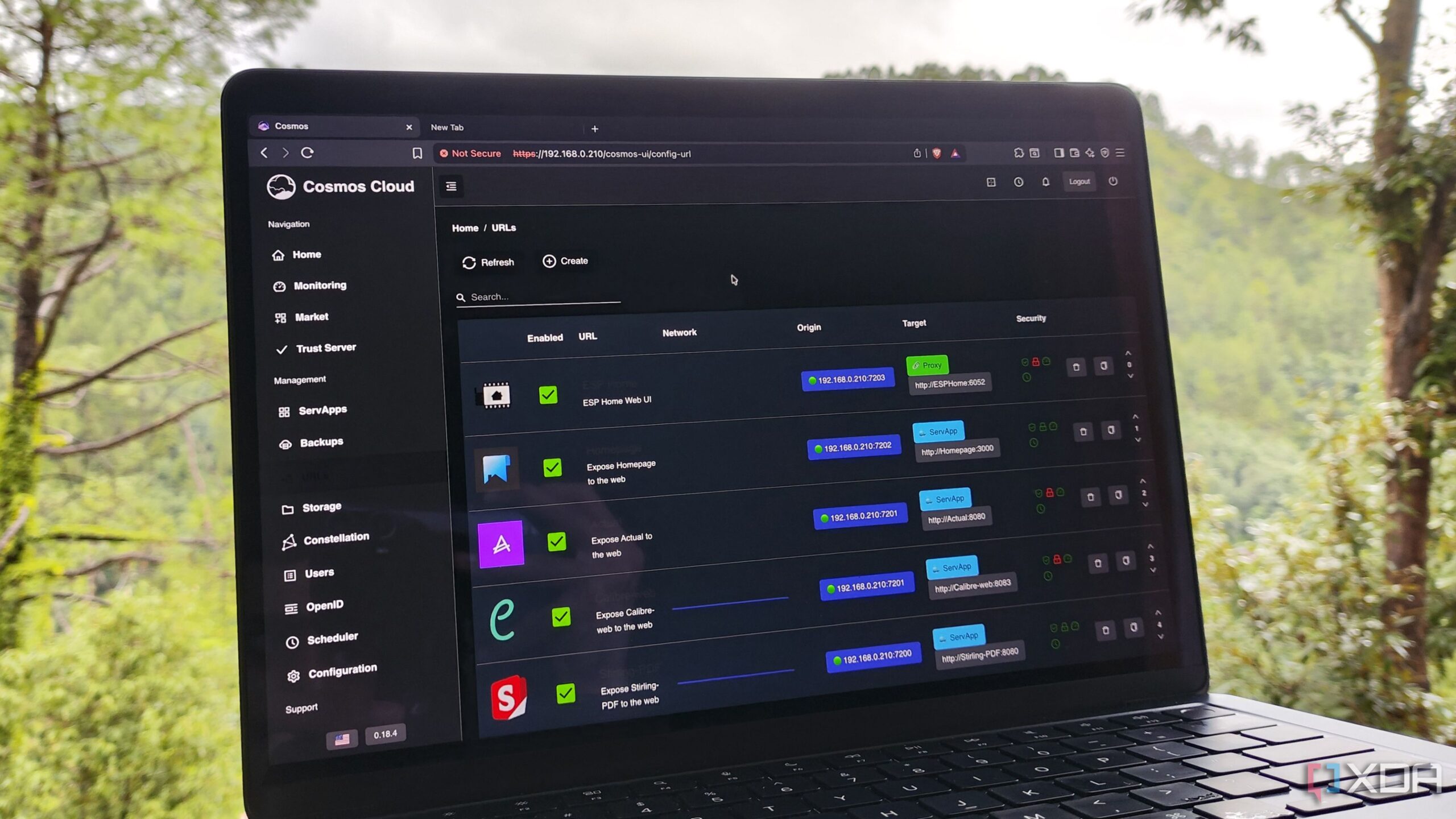The rise of self-hosted applications is transforming how individuals manage their digital services. By opting for self-hosting, users can retain control over their data and reduce reliance on subscription-based models. With the right approach, setting up self-hosted applications can be straightforward and rewarding.
Utilize Existing Hardware
Many people mistakenly believe that self-hosting requires expensive server equipment. In reality, older computers and budget-friendly devices can effectively handle multiple services. You can repurpose an old laptop or desktop as a self-hosting workstation. Most popular self-hosted applications function well within containerized environments, which are generally not demanding on hardware resources.
For those without spare PCs, a Raspberry Pi can host numerous applications, offering an affordable entry point into self-hosting. Alternatively, setting up container runtimes on your primary device allows you to explore free and open-source software (FOSS) applications locally.
Begin with a Containerization Platform
Starting your self-hosting journey can be simplified by using containerization platforms such as CasaOS, Cosmos, or Runtipi. These platforms feature user-friendly interfaces that allow you to deploy new containers easily. They support a wide variety of self-hosted services and often include enhanced networking and security settings.
For those new to containerization, Docker is an accessible choice, especially its Desktop application, which minimizes command-line interaction. Another option, Portainer, offers a menu-driven interface to manage containerized services effectively.
Document Your Setup
As the complexity of your self-hosting environment increases, maintaining clear documentation becomes vital. You will need to remember various port numbers, manage container images, and handle SSL certificates. Additionally, containerized applications can be sensitive to configuration changes, making it easy to inadvertently disrupt their operation.
Keeping detailed notes can save time and effort when troubleshooting or redeploying applications. For example, some users utilize a Trilium Notes container to document their projects, providing a valuable reference when needed.
Implement Secure Remote Access
For those seeking remote access to their self-hosted services, tools like Tailscale offer a secure solution, albeit with reliance on external servers. This tool enables users to connect to their self-hosted applications while maintaining high security, especially for those facing challenges with Carrier-Grade NAT (CGNAT).
If your network allows, consider setting up your own virtual private network (VPN) server using WireGuard. This option provides robust security for accessing your services from external networks.
Prioritize Regular Backups
Backing up your self-hosted applications is crucial for minimizing downtime. As you rely on these services for daily tasks, ensuring you have reliable backups can save you from data loss during unforeseen events. While dedicated network-attached storage (NAS) devices can be costly, tools like Kopia make backing up easy and efficient without significant storage demands.
Self-hosting not only provides the advantage of local control over your applications but also fosters an engaging hobby. Many users enjoy exploring GitHub repositories to discover innovative services, enhancing their digital toolkit while enjoying the process of managing their own systems.
